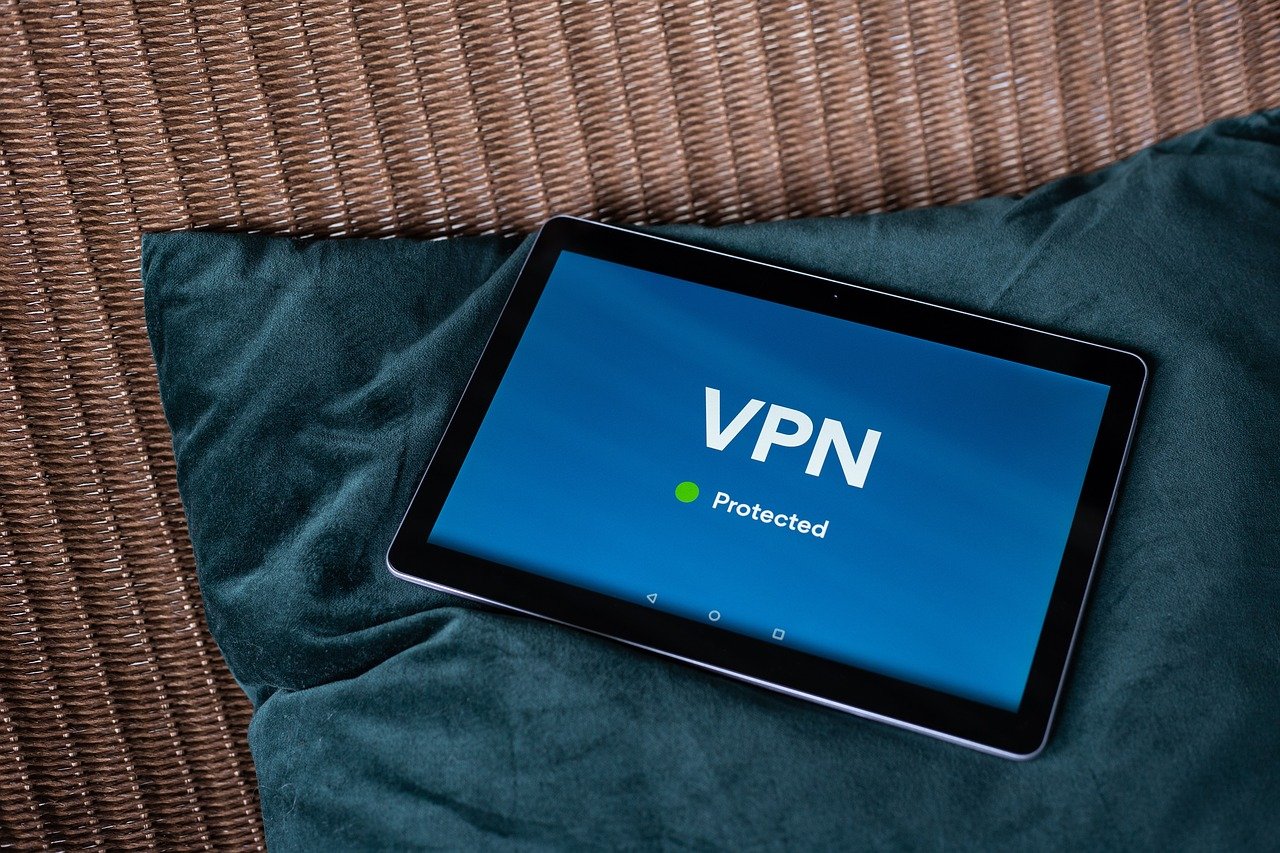App Development: Developing and releasing apps for iOS and Android devices has become a lucrative business, with some companies developing thousands of apps. But how much does it cost to develop an app for iOS or Android? In this article, we’ll discuss the variables to be taken into account when developing an app, how much it costs to develop an app for Android, iOS, or both, and where you can save money on a build without compromising the finished article.
Categories That Make Popular Apps
Before designing your app, it needs a category. This can be gaming, social media, a diary, or data collector software, whatever sparks your interest, but giving your app a clear niche will not only keep its development focused and potentially save money, but also improve the potential for consumers to find and download your product.

Choosing popular categories also boosts download statistics. The most downloaded genres of apps from the Android and iOS stores (most popular first) are:
- Games
- Business
- Education
- Lifestyle
- Entertainment
- Utilities
Integrated Components
Once you have your chosen genre, it’s time to consider the contents of your app. There are plenty of components to consider before designing can truly begin, from features and visual effects to background analytics. Here’s a quick rundown of the different components, what they include, and how they may affect your final costs:
Features
Do you want push notifications? A secure login locked to a profile? Does the app contain search or messaging functions, or the ability to customize user profiles? Every feature increases the cost of development, but also makes an app more appealing.
Visuals
While templates do exist, the applications can be extremely limiting in comparison to a custom interface. If you have the money to invest in a unique consumer experience, creating a custom interface designed to maximize your app’s utilities can make your app easier to use.
Platform Availability
If developing your app for a single platform, there’s a little discrepancy in cost. Having an app that is supported by both Android and iOS can get pricey, though; either you require two different frameworks designed for each system, or you can opt for cross-compatibility. While the former may be more expensive, it has the advantage of user familiarity and hardware compatibility (GPS access, storage, etc) The latter is faster to make, but is less intuitive for users and will feel more restrictive with hardware, not allowing some features to be incorporated.
Backend Infrastructure (Analytics)
This is the clever part; the administration panel that gathers information on app usage, so your business can view the analytics and decide how best to shape your app for your consumers. Once again, templates for admin panels do exist, but finding one that functions correctly for your business model can be an issue. It’s best to get one made, ensuring it is practical, relevant, and not a waste of resources or memory.
Outsourced vs Local Development
Perhaps the most difficult decision is whether to use local programmers or outsource your project. While more expensive, hiring local talent does have benefits; you’ll have fine control over the development process and the app will be designed with your native language in mind, increasing accessibility while supporting your local economy. Outsourcing is a lucrative market for fast turnarounds and cheap talent but can sacrifice the quality of a finished product due to language barriers, incompatible time zones, or poor project management.
“It always comes down to budget. Large companies have the resources to produce apps using local talent, driving their sales through efficient use and clean interfaces. An independent app developer may consider outsourcing to cheaper, talented individuals at the cost of some detailed control. If it loses money, it’s a useless investment,” stated Richard Hastings, a business writer at Academicbrits.com.
Maintenance Costs
The last thing to consider before finalizing your development plans is maintenance costs. It’s something many forget to consider until already in development, and some aspects can make an app financially inviable. The cost of maintenance of an app usually comes down to:
- Optimizing the code
- Constant bug fixes
- Hardware compatibility updates
- Developing new features
- Maintaining integrated app compatibility
In conclusion, the cost of an app varies wildly depending on many factors. The more complex and feature-laden the product, the more expensive the finished product will become, regardless of where your development team is based. Aspiring developers should research their options and take time to consider where to regain their capital once the project is completed; apps can be an investment in your future if the price is right.
Would you like to read more about App Development-related articles? If so, we invite you to take a look at our other tech topics before you leave!










